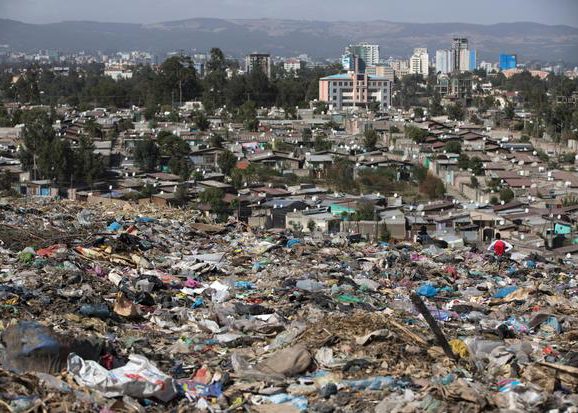Environmental Justice as a given definition it means The fair treatment of people of all races, cultures, incomes and educational levels with respect to the development and enforcement of environmental laws, regulations and policies. It is a breathtaking lesson to learn and explore. We have research on how the lack of fairness of Environmental Justice affects our world as a whole. Our teacher (Hannah) has given us the opportunity to research about how the pollution has affected the minority group in one of the smallest states in the United State which Connecticut. We have made a video to educate people and learn more about it. After, the discussion I wrote a reflection about how pollution has affected my community. This is the reflection:
Since I was born, I lived in Kampong Cham province. It is one among other provinces that have Mekong river crossing. We have three big market that is very busy. If you cross the big nearby market, You would have the possibility of smelling the trash from the food. On the road, There isn’t a lot of trash as much as the trash in Phnom Penh city.
Sources in my community of pollution exist from the vehicles. Near the Kizuna bridge in my community is not badly affected. As the matter of fact, Cambodian usually use this bridge to cross to another province, the highway on the bridge and near the bridge is kinda busy. Due to my observation, I can see that the people who are affected by pollution live near the busy near the big markets or busy high. There used to be a lot of trash in the province due to the big celebration. The provincial chief has worked on it by collaborating with the students or other people to pick up trash in kampong cham city.
In general, To secure environmental justice in my community people should use less vehicle to reduce pollution. If they are traveling in the province they may use bikes instead. As a matter, bike or walking can reduce noise pollution and air pollution. It would also help saving space for the road from parking the vehicles.
Another research is about impacts and injustice or living near the filthy waste dump.
There were four countries to do research such as India, Philipines, Ethiopia, and Kenya. I choose Ethiopia to be the countries to write the paragraph and answer question to think openly about the impacts.
Ethiopia is part of the continent of Africa with a population of 105 million. Trash dumps are everywhere in the city and outside the city. Some are buried over 50 years ago. the recent year 2017, A tall massive trash dump, has collapsed and killed at least 114 people. Some of them are still Buried under the ground and the new became a world tragedy. It is so horrible and ridiculous for the people to be killed by trash.
According to world economic forum news, 1,400 tons of trash is wasted every. A big waste management in Ethiopia is turning trash to cash. By burning it down into power. In the community, there will be a tank and when it fills the government will empty it out. The dumped of landfills has affected the nearby river, create methane and greenhouse gases. A project is started by Alemayehu with Chinese ivy partner CNEEC join the revolution of turning waste to energy. This energy plant is designed to solve waste problems. According to CNN news, They are burning 1.4 million kilograms of waste each day that light up 30 percents of the household. There are also landfill communities with massive trash mountain. That is not manipulating really well. It causes death over the past years. Koshe dump mean “Dirty” it is the biggest trash dump that people live there.



